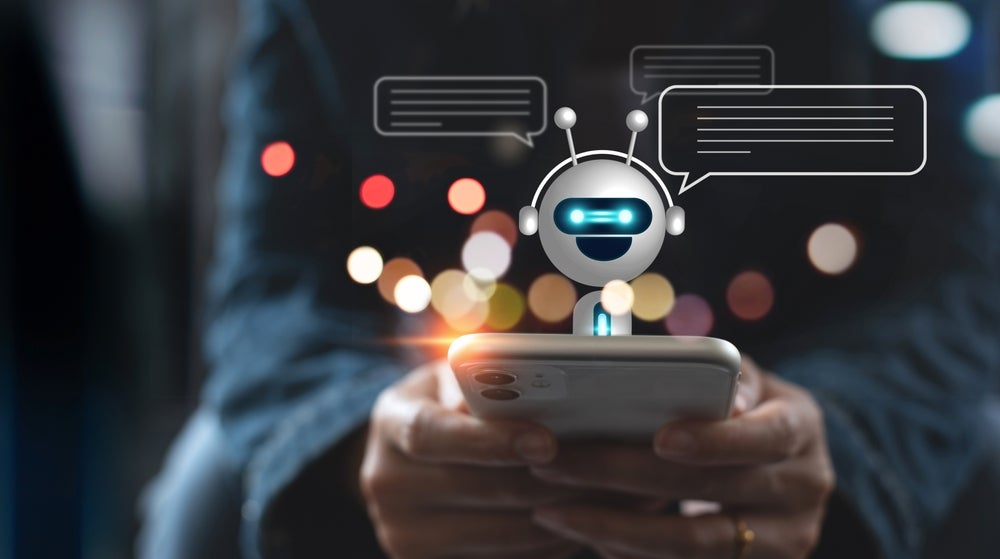Kyocera had 16 patents in internet of things during Q3 2023. Kyocera Corp filed several patents during Q3 2023. One patent focuses on a method for user equipment to transmit uplink user data in an RRC inactive state. Another patent involves a power management server that applies processing to a power storage apparatus in multiple facilities based on adjustable power limits. Additionally, there is a patent for a communication control method in a mobile communication system that measures channel utilization for sidelink communication. Another patent relates to an electronic device that estimates blood glucose or lipid levels using pulse wave analysis and non-invasive measurements. Lastly, there is a patent for a communication control method that establishes a sidelink connection between a relay user equipment and a remote user equipment. GlobalData’s report on Kyocera gives a 360-degreee view of the company including its patenting strategy. Buy the report here.
Kyocera grant share with internet of things as a theme is 25% in Q3 2023. Grant share is based on the ratio of number of grants to total number of patents.
Recent Patents
Application: Communication control method, radio terminal, apparatus and base station (Patent ID: US20230276507A1)
The patent filed by Kyocera Corp. relates to user equipment and a method used in user equipment for performing a predetermined data transmission when the user equipment is in a radio resource control (RRC) inactive state. The user equipment, apparatus, and method involve transmitting a random access preamble and an MSG 3 message along with uplink user data to a base station during a random access procedure. The base station, on the other hand, receives the random access preamble and the MSG 3 message with uplink user data from the user equipment during the random access procedure.
Claim 1 describes a user equipment that is configured to perform the predetermined data transmission. The user equipment includes a processor and memory and is capable of transmitting a random access preamble and an MSG 3 message with uplink user data to a base station during a random access procedure.
Claim 2 pertains to an apparatus for controlling the user equipment. The apparatus includes a processor and memory and is responsible for transmitting a random access preamble and an MSG 3 message with uplink user data to a base station during a random access procedure.
Claim 3 outlines a method used in the user equipment for performing the predetermined data transmission. The method involves transmitting a random access preamble and an MSG 3 message with uplink user data to a base station during a random access procedure.
Claim 4 focuses on a base station configured to perform the predetermined data transmission. The base station includes a receiver that is capable of receiving a random access preamble from the user equipment during a random access procedure. Additionally, the receiver can receive an MSG 3 message along with uplink user data from the user equipment during the random access procedure.
In summary, the patent filed by Kyocera Corp. describes user equipment, an apparatus, and a method for performing a predetermined data transmission when the user equipment is in an RRC inactive state. The user equipment and base station exchange a random access preamble and an MSG 3 message with uplink user data during a random access procedure.
To know more about GlobalData’s detailed insights on Kyocera, buy the report here.
Data Insights
From

The gold standard of business intelligence.
Blending expert knowledge with cutting-edge technology, GlobalData’s unrivalled proprietary data will enable you to decode what’s happening in your market. You can make better informed decisions and gain a future-proof advantage over your competitors.





